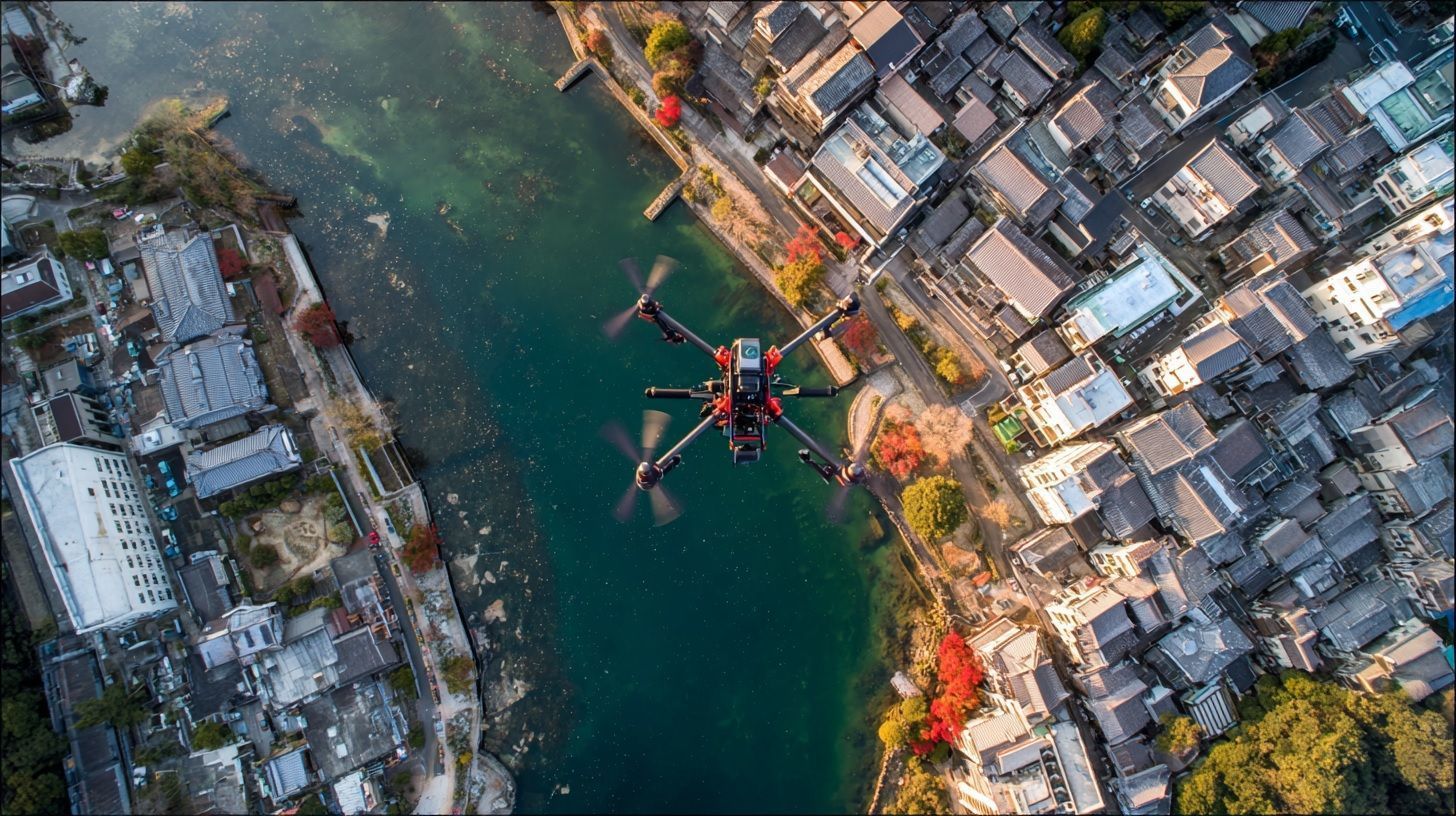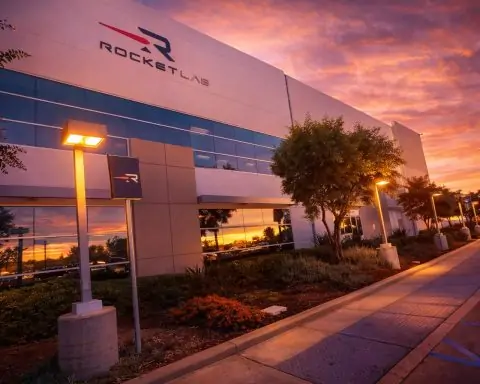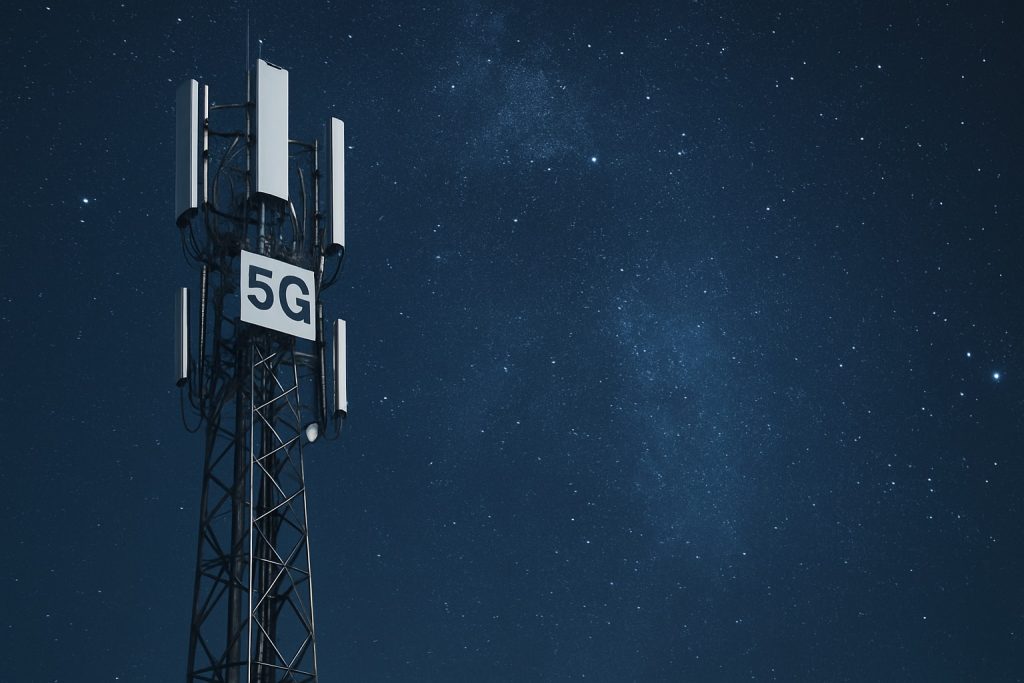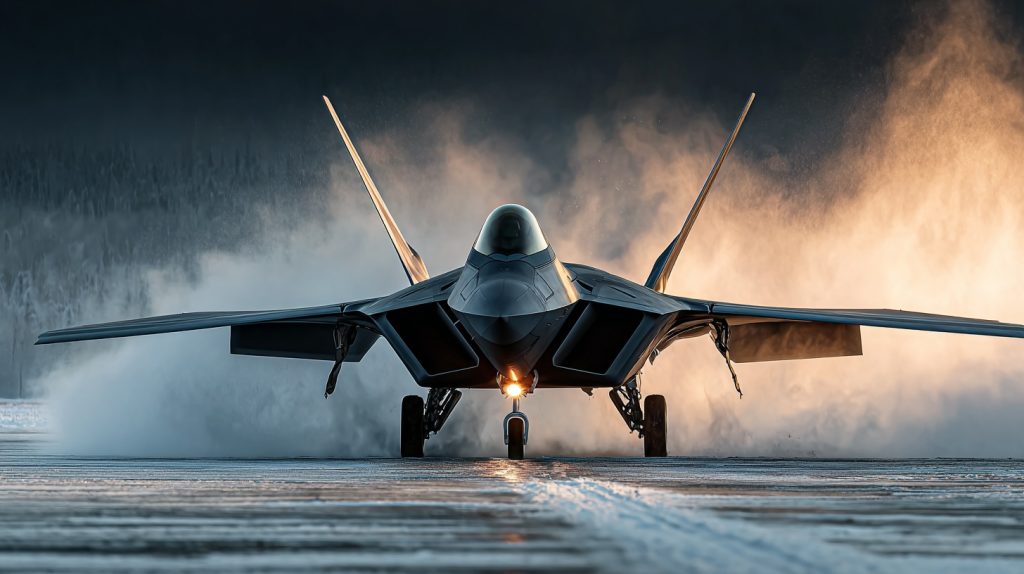- MLIT/JCAB is the central regulator for drones in Japan, handling registration, safety rules, and flight permissions.
- The National Police Agency enforces the Drone Act, banning flights over sensitive facilities and can intervene if drones pose security threats.
- Japan uses a risk-based classification with Category I low-risk operations in permitted areas, while Category II and III require MLIT permission, with Category III covering higher-risk flights such as over people in public areas.
- Drone registration is mandatory for unmanned aircraft 100 g or heavier as of 2022, with a registration ID displayed on the aircraft and a three-year validity.
- Registered drones must be equipped with a Remote ID transmitter broadcasting the drone’s identity and location during flight.
- There are Class II and Class I operator licenses; Class I is required for high-risk operations such as flights over uninvolved people, with applicants at least 16 years old who pass tests or complete approved training, and a three-year license validity.
- Airspace restrictions prohibit flying near airports and in densely inhabited districts without MLIT clearance, and the general altitude cap is 150 m above ground level without authorization.
- The Drone Act prohibits flights within about 300 m of designated important facilities like the National Diet Building and Prime Minister’s Office, and police can land, jam, or shoot down drones in emergencies.
- Penalties include up to 12 months in prison or ¥500,000 fines for violations, with unregistered drones also subject to penalties and possible seizure as evidence.
- Temporary event-specific no-fly zones have been used for events such as the 2021 Tokyo Olympics and the 2023 Hiroshima G7 summit, with the DIPS online system for special permissions requiring applications at least 10 business days in advance.
Regulatory Authorities: Who Governs Drones in Japan?
Japan’s drone regulations are primarily overseen by the Ministry of Land, Infrastructure, Transport and Tourism (MLIT), specifically through the Japan Civil Aviation Bureau (JCAB) [1]. MLIT/JCAB serves as the national aviation authority, handling drone registration, setting safety rules, and issuing flight permissions [2]. In addition to MLIT, other authorities play roles: the National Police Agency enforces the “Drone Act” (which bans flights over certain sensitive facilities) and can intervene if drones pose security threats [3] [4]. For defense-related UAVs, the Ministry of Defense and METI (for export control) have specialized requirements, but for civil use MLIT is the key regulator [5]. Overall, Japan’s drone laws involve multiple agencies, but MLIT/JCAB is the central authority coordinating drone oversight.
Categories of Drone Usage: Recreational vs Commercial vs Government
Unlike some countries, Japan’s drone laws do not sharply distinguish between recreational and commercial use – the same basic rules apply to both [6]. Whether you are a hobbyist photographer or a business operator, you must follow the national safety regulations and any local restrictions. Instead of usage-based rules, Japan uses a risk-based classification for drone operations. Category I operations (low-risk) are flights in permitted areas under standard conditions, needing no special approval [7]. Category II and Category III operations involve higher risk – for example, flying in restricted airspace or beyond normal limits – and require MLIT’s permission (with Category III being the highest risk, such as flying over people in public areas) [8]. Government and emergency use of drones (e.g. by police, fire departments) is generally allowed under exemptions – for instance, official agencies can operate drones for public duties, even in no-fly zones, provided they have proper authorization or give prior notice to authorities [9]. In summary, Japan focuses on how and where a drone is flown (operational risk), rather than who is flying it, meaning recreational and commercial pilots face the same rules and must plan operations accordingly [10].
Registration Requirements: Mandatory Drone Registration and Remote ID
Japan has a mandatory drone registration system for any unmanned aircraft weighing 100 g or more [11]. This requirement, introduced in 2022, significantly lowered the threshold (previously 200 g) to ensure even small drones are accounted for. Owners must register each drone with MLIT’s online system and display a registration ID on the aircraft’s body [12]. Additionally, registered drones must be equipped with a Remote ID transmitter that broadcasts the drone’s identity and location during flight for security and traffic management purposes [13]. The registration process is available in English for foreign users and involves submitting owner details, drone information, and a small fee (around ¥900–¥2400 per drone) [14]. Once registered, a drone’s registration is valid for three years, after which it must be renewed. Flying an unregistered drone is a serious offense – authorities state that it can incur fines up to ¥500,000 or even up to one year in jail under the Civil Aeronautics Act [15]. In practice, this means virtually all drones except tiny “toy” models (under 100 g) must be registered and marked before taking off in Japan.
Licensing and Certification: Drone Pilot Licenses and Operator Requirements
Japan implemented a new drone pilot licensing framework in late 2022 to professionalize operator training. There are two classes of drone operator licences (commonly called the Unmanned Aircraft Remote Pilot Certificate): a Class II license for basic operations and a Class I license for riskier operations. Recreational and most commercial pilots are not required to hold a license for ordinary flights. However, a license becomes mandatory for advanced flights – specifically, if you plan to fly in areas where uninvolved people could be below the drone (for example, over a city or “third parties” underneath) without exclusive safety measures [16]. In those scenarios, the drone itself must have a certified airworthiness (Class I drone certification) and the operator must have a Class I pilot licence [17]. To obtain a license, pilots must be at least 16 years old and pass both a knowledge test and a practical skills test, or complete an approved training course [18] [19]. They also undergo a basic medical check. Japan’s pilot certification process is rigorous – it includes at least 10 hours of flight experience on similar drones or equivalent training [20]. The license is valid for three years and requires refresher training for renewal [21]. While not all drone flyers need a license, the system is in place to ensure that anyone conducting higher-risk operations (night flying, beyond visual line-of-sight, flights over people, etc.) has proven competencies [22]. This licensing regime enhances safety as Japan moves toward more complex drone uses.
Airspace Restrictions and No-Fly Zones
Japan imposes strict airspace restrictions to protect public safety and air traffic. By default, drones cannot be flown in certain airspaces without prior MLIT permission [23]. The prohibited airspaces include:
- Around airports: It is forbidden to fly drones near airports and aerodromes (generally within a radius or altitudes that could interfere with aircraft) without clearance [24]. This includes both international airports and smaller regional airports.
- Above densely populated areas: Flights over Densely Inhabited Districts (DID) – essentially city centers and residential urban areas – are banned unless special permission is obtained [25]. The Ministry of Internal Affairs designates these red-zone districts on maps. In practical terms, you cannot fly a drone over central Tokyo, Osaka, and other major city areas as a hobbyist.
- High altitudes: Drones may not be flown higher than 150 m (492 ft) above ground level anywhere in Japan without authorization [26]. This altitude cap ensures drones stay well below manned aircraft in uncontrolled airspace.
In addition to these MLIT rules, a separate law – often called the “Drone Act” – prohibits flights over and around key infrastructure and sensitive facilities. Under this law, drones cannot fly within about 300 m of designated important facilities such as the National Diet Building, the Prime Minister’s Office, Imperial Palace, nuclear power plants, defense installations (including U.S. military bases), and certain foreign diplomatic buildings [27] [28]. These locations are considered high-security areas (often called “red zones”). Flying a drone in these areas is illegal without special permission from the facility administrator and advance notice to the police, even if you are below 150 m. The police are authorized to intervene – they can order you to land immediately, and in emergencies they may jam or shoot down a drone that invades restricted airspace [29]. Local governments may also have additional bylaws affecting drones (for example, Tokyo city bans drone flights in all metropolitan public parks). As a drone pilot in Japan, it’s crucial to check an official airspace map (MLIT provides an interactive map of no-fly zones) before flying [30]. Violating airspace restrictions can lead to severe consequences, so always plan your route to avoid airports, urban centers, and sensitive zones unless you have explicit approval.
Operating Rules and Flight Guidelines
Even when flying in permitted areas, Japan has comprehensive operating rules that all drone pilots must follow. These rules are designed to ensure safety and minimize nuisances:
- Daytime only: You may only fly during daylight hours, from sunrise to sunset [31]. Night flying is prohibited unless you have obtained special approval with strict conditions (such as having anti-collision lights and a trained spotter).
- Visual Line of Sight (VLOS): The drone must be kept within your direct line of sight at all times [32]. You cannot use binoculars or solely FPV camera view to extend range – a pilot or an observer must always be able to see the drone with the naked eye. BVLOS (beyond visual line-of-sight) operations are not allowed without specific MLIT permission.
- Minimum distances: Maintain a safe distance of at least 30 m (98 ft) from people, buildings, cars, boats, and other property not involved in the operation [33]. You also may not fly directly over crowds or gatherings of people (such as festivals, sports events, concerts, or busy streets) [34]. This effectively means no drone flights over open-air events or densely crowded places.
- No dangerous payloads: It is forbidden to carry hazardous materials like explosives or combustible items on a drone [35]. Attaching any objects that could endanger people if dropped is not allowed.
- No object dropping: You must not drop anything from the drone in flight, whether intentionally or by negligence [36]. This prevents accidents and injuries on the ground (for example, you cannot release projectiles or drop delivery packages without permission).
- Pre-flight checks and sobriety: Drone operators are expected to perform pre-flight safety checks on the equipment and environment. It is explicitly illegal to fly a drone under the influence of alcohol or drugs [37]. Pilots must be sober and exercise responsible judgment – flying “recklessly or negligently” is punishable by law [38].
- Time and weather: Good visibility and weather are a must. Do not fly in heavy rain, strong winds, fog, or any conditions where you might lose control or visibility. Only fly when you can safely control the drone.
These standard operating guidelines apply everywhere, even in permitted airspace [39]. If you need to deviate from them (for example, to fly at night or above a crowd for a film project), you must apply in advance to MLIT for a special flight permission or approval. Japan provides an online system (DIPS) for submitting such requests, and you should file the application at least 10 business days before the flight [40]. By adhering to the above rules, you greatly reduce the risk of accidents – and ensure your flight is legal and respectful of others.
Penalties and Legal Consequences for Violations
Japan treats drone violations seriously – both to encourage compliance and as a response to past incidents. Penalties can include heavy fines, confiscation of equipment, and even imprisonment. Under the Civil Aeronautics Act (which covers most flight rules), any person who flies a drone in prohibited ways or areas without permission can face up to 12 months in prison or up to ¥500,000 in fines [41]. This penalty framework (maximum ~$4,000 USD fine and one year jail) applies to violations such as flying in restricted airspace, flying recklessly endangering people, or operating without required permissions. For example, if you are caught flying over a busy city neighborhood or near an airport without approval, you could be prosecuted and fined or jailed. Similarly, flying an unregistered drone (100 g or above) is punishable by up to a ¥500,000 fine or one year imprisonment [42]. The “Drone Act” (which secures sensitive facilities) carries the same level of penalties: intruding into a no-fly zone around, say, a nuclear plant or ignoring a police order to land can result in up to one year in jail or ¥500,000 fine [43]. In addition to legal penalties, authorities have the power to take immediate action if a drone is posing a danger. Police officers can order a pilot to ground their drone on the spot; if the pilot does not comply or in emergencies, the police may jam the drone’s signals or even shoot down the drone using special measures [44]. Drones used in illegal flights (or involved in accidents) can be seized as evidence. It’s also worth noting that Japan has privacy and nuisance laws – unsafe drone use that causes damage or invasion of privacy can lead to civil liability on top of aviation penalties. In short, breaking Japan’s drone laws can have severe consequences, so it is in every pilot’s interest to fly responsibly and within the rules. The government has publicized these penalties to deter careless flying [45], underscoring that drone safety is a matter of public trust.
Temporary Restrictions for Events and Summits
Beyond the permanent laws, Japan sometimes imposes temporary drone restrictions during special events for security reasons. When international conferences, VIP visits, or major public events occur, authorities often declare no-fly zones for drones in the surrounding areas for the duration of the event. For example, during the 2021 Tokyo Olympics, the Japanese government set up extensive no-fly zones: an area with a ~3 km radius around all Olympic and Paralympic venues was off-limits to drones, and this expanded to a ~46 km radius during opening and closing ceremonies [46] [47]. Similarly, when Japan hosted the Rugby World Cup 2019 and various G20/G7 summits, officials issued temporary bans on drone flights near the event sites [48]. These measures are aimed at preventing potential terrorist attacks or accidents from drones during high-profile events. Typically, the public is notified via press releases or notices on MLIT and National Police Agency websites ahead of time. During such periods, even licensed drone operators and hobbyists cannot fly in the designated zones, and DJI and other drone manufacturers often update their geofencing to lock down those areas. Violating a temporary drone ban can lead to the same penalties as other no-fly violations, and enforcement is usually very strict (police are on high alert for rogue drones). If you plan to travel with a drone, it’s wise to check if any special event restrictions will be in effect at your destination. For instance, foreign tourists who tried to fly drones in central Hiroshima during the 2023 G7 Summit would have found the airspace completely closed. Always stay updated through MLIT announcements – Japan is proactive in issuing special regulations during events to ensure security, and those rules, although temporary, are mandatory.
Rules for Foreign Tourists and Visiting Drone Operators
Japan welcomes foreign drone enthusiasts and professionals, but foreign operators must follow the same laws as Japanese citizens. There are no special exemptions for tourists – all requirements and restrictions apply equally regardless of nationality [49]. If you are a traveler bringing a drone into Japan, you are allowed to import your drone for personal use. As of 2025, there is no requirement to declare a hobby drone at customs, and generally one drone per person is considered a “personal effect” that does not need special import permission [50]. (Bringing multiple high-end drones might attract customs attention as a commercial import, so casual travelers usually limit to one.) Make sure to pack your drone safely (airlines may require lithium batteries in carry-on luggage and set limits – check your airline’s policy). Once in Japan, a foreign pilot must register the drone (if it’s 100 g or heavier) just like a local pilot [51]. The registration portal operated by MLIT is available in English [52], and you can complete it online – ideally before your first flight. There is a small fee for registration, and you’ll receive a registration ID that must be marked on your drone.
When flying, foreigners must adhere to all Japanese flight rules (airspace restrictions, altitude limits, VLOS, etc.) – there is no exception that “I’m a tourist, I didn’t know.” In fact, language barrier is not an excuse, so it’s important to familiarize yourself with the rules (the MLIT provides English guidelines and even an English hotline for drone inquiries [53]). No additional license is needed for foreign hobbyists beyond what the law requires – e.g. you don’t need a Japanese drone pilot license for basic recreational flights, as long as you stay in permitted areas. However, if a foreign operator intends to do commercial work (like a film shoot or survey) that involves flying in restricted conditions, they must go through the same permission process and, if applicable, have a licensed pilot for that operation. There is also no distinction in penalties – a foreigner caught flying unsafely or illegally will face the same fines or charges under Japanese law. In summary, Japan’s drone regulations apply universally: a tourist with a DJI Mavic must follow the same rules as a local. The good news is Japan makes information accessible (through official English websites and maps), so foreign drone pilots can prepare in advance. With proper planning – registering your drone, checking no-fly zones, and observing the guidelines – you can enjoy flying in Japan’s beautiful locations legally and safely [54].
Recent and Upcoming Changes in Japan’s Drone Laws
Japan’s drone legislation has evolved rapidly in recent years, and more changes are on the horizon as technology advances. One major change was the June 2022 amendment of the Civil Aeronautics Act, which expanded the law’s scope to cover drones from 100 g upwards (down from the previous 200 g threshold) [55] and introduced the nationwide registration and Remote ID requirements. At the end of 2022, Japan also launched its new licensing and certification system for unmanned aircraft [56]. This allowed, for the first time, legal drone flights beyond visual line of sight over populated areas (Level 4 operations) – something that was previously prohibited. To enable these advanced flights, the government put in place the Class I/II drone certifications and pilot licences as described above. Essentially, since 5 December 2022, Japan has a comprehensive system to certify drones and pilots for high-risk operations, laying the groundwork for drone delivery services and other complex use cases [57].
Looking forward, Japan’s regulators are actively working on integrating drones into society in new ways. In 2023, MLIT and related agencies updated the national “Roadmap for UAVs,” shifting focus from simply easing restrictions to actively promoting drone utilization in multiple sectors [58]. The 2024 drone roadmap emphasizes goals such as expanding drone cargo delivery networks (e.g. mail or e-commerce deliveries to remote areas), implementing a nationwide UAS Traffic Management (UTM) system to coordinate drone flights, and developing technology for simultaneous operation of multiple drones by one pilot (swarming) [59]. Many of these initiatives target fiscal year 2025 for implementation, meaning we can expect new supporting regulations and trials soon. For example, trials for drone deliveries have led to experimental permits for beyond-line-of-sight flights in rural areas, and if successful, rules may be relaxed further to allow broader drone delivery services. Another anticipated change is refinement of the Remote ID system – by 2024, Japan requires virtually all registered drones to continuously broadcast an ID signal, and enforcement of that rule is tightening (drones without built-in Remote ID are being retrofitted or grounded). We may also see streamlined permission processes online (via DIPS) as authorities handle more applications for complex flights.
In terms of privacy and safety, Japan is deliberating on rules for drone-mounted cameras (to address privacy concerns) and collision-avoidance standards as drone traffic increases. Local governments, too, are updating ordinances as needed – for instance, some tourist sites or parks that saw problems with drones have designated themselves no-fly zones. Finally, with Osaka Expo 2025 on the way, expect temporary restrictions and perhaps demonstration flights of new drone tech during that period. In summary, Japan’s drone laws are in a dynamic phase: the country has moved from a cautious approach to a more enabling (yet still safety-first) stance, updating laws to accommodate drone innovation. Pilots should stay tuned to MLIT announcements for the latest rules – the legal landscape can shift year by year. By 2025 and beyond, Japan aims to balance strict safety with the benefits of drones in society, so the regulatory framework will continue to adapt [60].
Sources: Official MLIT (Japan Civil Aviation Bureau) guidelines [61] [62] [63], National Police Agency “Drone Act” notices [64] [65], and recent legal analyses [66] [67].
References
1. uavcoach.com, 2. caldwelllaw.com, 3. www.npa.go.jp, 4. caldwelllaw.com, 5. caldwelllaw.com, 6. www.drone-made.com, 7. caldwelllaw.com, 8. caldwelllaw.com, 9. www.npa.go.jp, 10. www.drone-made.com, 11. www.mlit.go.jp, 12. www.mlit.go.jp, 13. www.mlit.go.jp, 14. www.lexology.com, 15. www.mlit.go.jp, 16. www.lexology.com, 17. www.lexology.com, 18. www.lexology.com, 19. www.mlit.go.jp, 20. www.lexology.com, 21. www.mlit.go.jp, 22. www.lexology.com, 23. uavcoach.com, 24. uavcoach.com, 25. uavcoach.com, 26. uavcoach.com, 27. www.npa.go.jp, 28. www.drone-made.com, 29. www.npa.go.jp, 30. www.mlit.go.jp, 31. uavcoach.com, 32. uavcoach.com, 33. uavcoach.com, 34. uavcoach.com, 35. uavcoach.com, 36. uavcoach.com, 37. www.mlit.go.jp, 38. www.mlit.go.jp, 39. www.mlit.go.jp, 40. uavcoach.com, 41. www.npa.go.jp, 42. www.mlit.go.jp, 43. www.npa.go.jp, 44. www.npa.go.jp, 45. www.mlit.go.jp, 46. english.kyodonews.net, 47. english.kyodonews.net, 48. www.drone-made.com, 49. www.lexology.com, 50. www.drone-made.com, 51. www.mlit.go.jp, 52. www.mlit.go.jp, 53. uavcoach.com, 54. www.lexology.com, 55. caldwelllaw.com, 56. www.lexology.com, 57. www.lexology.com, 58. caldwelllaw.com, 59. caldwelllaw.com, 60. caldwelllaw.com, 61. www.mlit.go.jp, 62. uavcoach.com, 63. uavcoach.com, 64. www.npa.go.jp, 65. www.npa.go.jp, 66. www.lexology.com, 67. www.lexology.com










